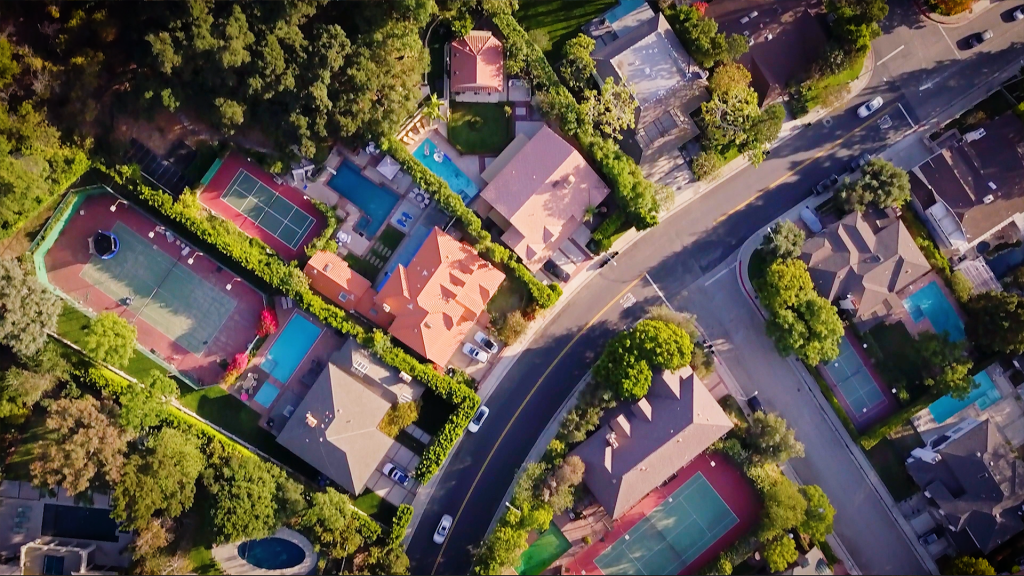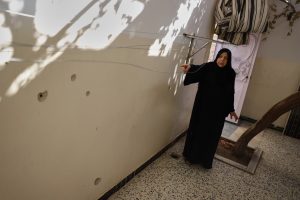Sound of summer: How the pickleball revolution has communities on edge

It’s become a rite of passage this time of year in cities, towns and suburbs across the country. Complaints, arguments, confrontation and lawsuits over the cacophony created by pickleball, the fastest growing sport in America.
While the sport’s expansion shows no signs of slowing, there are definitely growing pains. A persistent demand to build more courts has intensified the pushback from neighbors who say the noise is driving them crazy.
How has pickleball’s popularity affected communities?
Those confrontations have grown every year since the sport’s surge in popularity during the COVID-19 pandemic, as many of the newly built courts are placed directly in the middle of existing neighborhoods, often using old tennis courts as a framework.

According to USA Pickleball’s latest report, released in January 2025, there are close to 70,000 pickleball courts in the U.S., with more than 18,000 added in 2024. For the fourth consecutive year, it is the country’s fastest-growing sport with between 20 million and 50 million active players. The fact that pickleball was featured in a Super Bowl commercial with actors Willem Dafoe and Catherine O’Hara should be all the proof you need that it’s become mainstream.
Diehard fans will tell you anyone can play the game and the pickleball community is known for its welcoming attitude toward newbies. Even so, headlines are made every week about the contentious relationship between players and the neighborhoods in which they play. Police calls in a Minneapolis suburb, a lawsuit in Berwyn, Pennsylvania, court construction projects paused in Atlanta and Palm Springs, California. The list doesn’t stop, all because of the noise generated when the paddle hits the ball, over and over again.
It’s also happening near the birthplace of pickleball?
Across the Puget Sound from Bainbridge Island, the birthplace of pickleball, Seattle environmental groups argue that a plan to build as many as 26 pickleball courts in Magnuson Park threaten a 30-acre wetlands site that is home to more than 100 native species. They claim the distinctive popping noise, which can reach up to 120 decibels courtside, threatens the park’s tranquility and wildlife.
Amazingly, Washington’s official state sport is pickleball.
You pick the place, and there’s likely a pickleball controversy nearby. Dawna Matkevicius lives across the street from a busy court in Salem, Massachusetts.
“Four courts times four people,” Matkevicius said. “There’s like, 16 playing at the same time, and it’s bang, bang, bang, bang, bang. I hear it as click, click, click, click, click.”
Matkevicius says a sound test determined the noise outside her window to be above the city’s allowable limit of 68 decibels, but there have not been enough complaints from other neighbors for the city to act. They have posted signs that restrict play to daylight hours, but those rules aren’t always followed.
She’s dealt with the issue since the city changed the courts from tennis to pickleball nearly a decade ago, but the activity has exploded in the last few summers. Her only relief is during bad weather. In the spring and summer, she can’t open her windows.
“My house was built in 1880 so when there’s a lot going on over there, I feel like it’s shaking my house, you know, because of all the noise,” Matkevicius said.
Why is the sound so grating and can anything be done to mitigate it?
Dale Van Scoyk, a pickleball enthusiast and coach, owns a consulting company called Pickleball Sound Mitigation. He says it’s a common issue. Pickleball is known as an “impulse sound.” We’re genetically tuned to pay attention when we hear it.
“Its quick onset,” Van Scoyk said. “It happens immediately. It’s a pop. There’s a high intensity, and it’s of a certain frequency that’s essentially the same, or very close to, the frequency of human speech. It’s like the backup beeper on a refuse truck, or alarms on forklifts, they’re designed for that frequency because they want to get your attention.”
Van Scoyk’s company has had success helping developers and municipalities dampen court noise by putting sound-absorbing barriers around the court, or by using different balls and paddles. Those solutions, however, can be expensive and different equipment can change the dynamics of the game. Sometimes, there are no solutions — homes are just too close to the action.
“Underneath some of this is respect,” Van Scoyk said. “It’s, I told you, this was annoying me, and you’re not listening to me. You’re not respecting my opinion or my feelings about this.”
Why are residents going to court more frequently?
That’s when the anger and the lawsuits start. It should come as no surprise that lawyers are actively soliciting complaints against HOAs and city governments for building courts near homes, and they’re helping both sides with mediation efforts. Matkevicius has not considered legal action even though a recent incident just after dark had her feeling frustrated and helpless.
“I turned off my lights, and I kind of looked out the window, because I saw things lit up in the park, and all of a sudden I heard click, click, click, bang, bang, bang, bang. And I see two young people playing pickleball, and I saw the ball that was lit up, and I thought to myself, ’Oh, God,’” Matkevicius said.
Van Scoyk says it’s that kind of complaint that gives the game he loves a bad name. He feels like lawsuits should be a last resort after all other mitigation efforts have been exhausted. Yet they are increasing across the country. The ongoing battle to coexist will keep his company and others like it in business for years to come.
“The fine line between enjoyment and annoyance is one that we’re straddling all the time with the sport right now.” Van Scoyk said.
Court space is the primary challenge to pickleball’s continued growth as a billion-dollar industry. As more neighborhoods become affected by the expansion of the sport, those leading the charge are looking to technology for potential solutions. We’ll bring you that part of the story next week.





